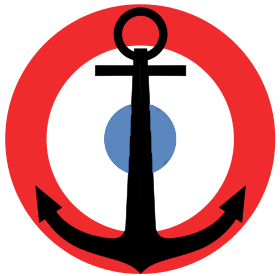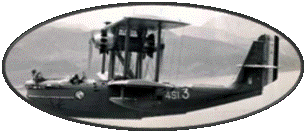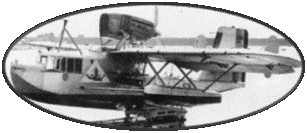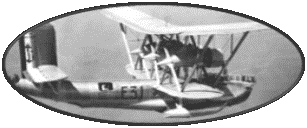History
of the Ship
The construction of the Submari
ne Cruiser "Surcouf" began in July 1927. The launch will
take place on November 18, 1929, in the greatest secrecy. Indeed,
in order to preserve the secrecy around this new concept of submarine,
only the Prefect attends the launching of the ship, protected from
prying eyes by a palisade.
The innovations present on
the "Surcouf" delay the development and the tests. Thus,
the double turret equipped with 203mm guns will notably pose serious
sealing problems. It was not until June 1931 that the "Surcouf"
made its first dive.
In October 1932, the submarine
finally certified, leaves the port of Cherbourg to carry out a validation
and demonstration cruise during which it will join Casablanca, Agadir,
Konakry and Dakar
Although partially armed, it finally entered active service and
was assigned on December 31, 1932 to the 1st Submarine Flotilla
based in Cherbourg. Pride of the French Fleet, the new building
receives the visit of the President of the Republic, Albert LEBRUN,
on July 30, 1933 on the occasion of the inauguration of the Maritime
Station of Cherbourg.
Fully operational in April
1934, after having received its final armament, the "Surcouf"
was assigned on June 1 to the 4th Squadron of Submarines based in
Brest. In 1935, he joined the 2nd Infantry Fleet of Brest and left
in December for a propaganda cruise on the occasion of the celebration
of the tercentenary of the attachment of the Antilles to France.
During the German invasion
in 1940, the submarine "Surcouf" was undergoing refit
in Brest. In spite of everything, he managed to escape and reach
the British port of Plymouth by the sole force of his electric motors.
On July 2, 1940, the British
launched Operation "Catapult" in order to avoid, by all
possible means, that the French Fleet did not fall into the hands
of the Germans. The French ships, present in the British Ports will
know a better fate than those moored in Mers-El-Kébir ...
The "Surcouf" will be disarmed, but 3 men will be killed
during the operation: a French and two British.
At the end of July 1940,
the "Surcouf" was attached to the Free French Naval Forces.
Rearmed, he joined the River Clyde, in Scotland, to train. He will
then participate in the convoy escort in the Atlantic.
On December 24, 1941, at
night, the Submarine "Surcouf" accompanied by three corvettes,
participated in the capture of Saint Pierre and Miquelon, by Free
France. This Island, under the control of the Vichy government,
was taken in less than twenty minutes by 230 men of the Free French
forces. This operation was however launched by General de Gaulle
against the advice of the Americans: relations will be somewhat
strained with our allies, but American public opinion is favorable
to the Free French, and the matter will remain there ...
On February 12, 1942, the
"Surcouf" left Bermuda and sailed, lights off, towards
the Panama Canal. On the night of 18 February, the French Submarine
was struck by an American freighter, the "Thomson-Lykes, and
sank in a few minutes. There were no survivors among the 130 crew
members.









